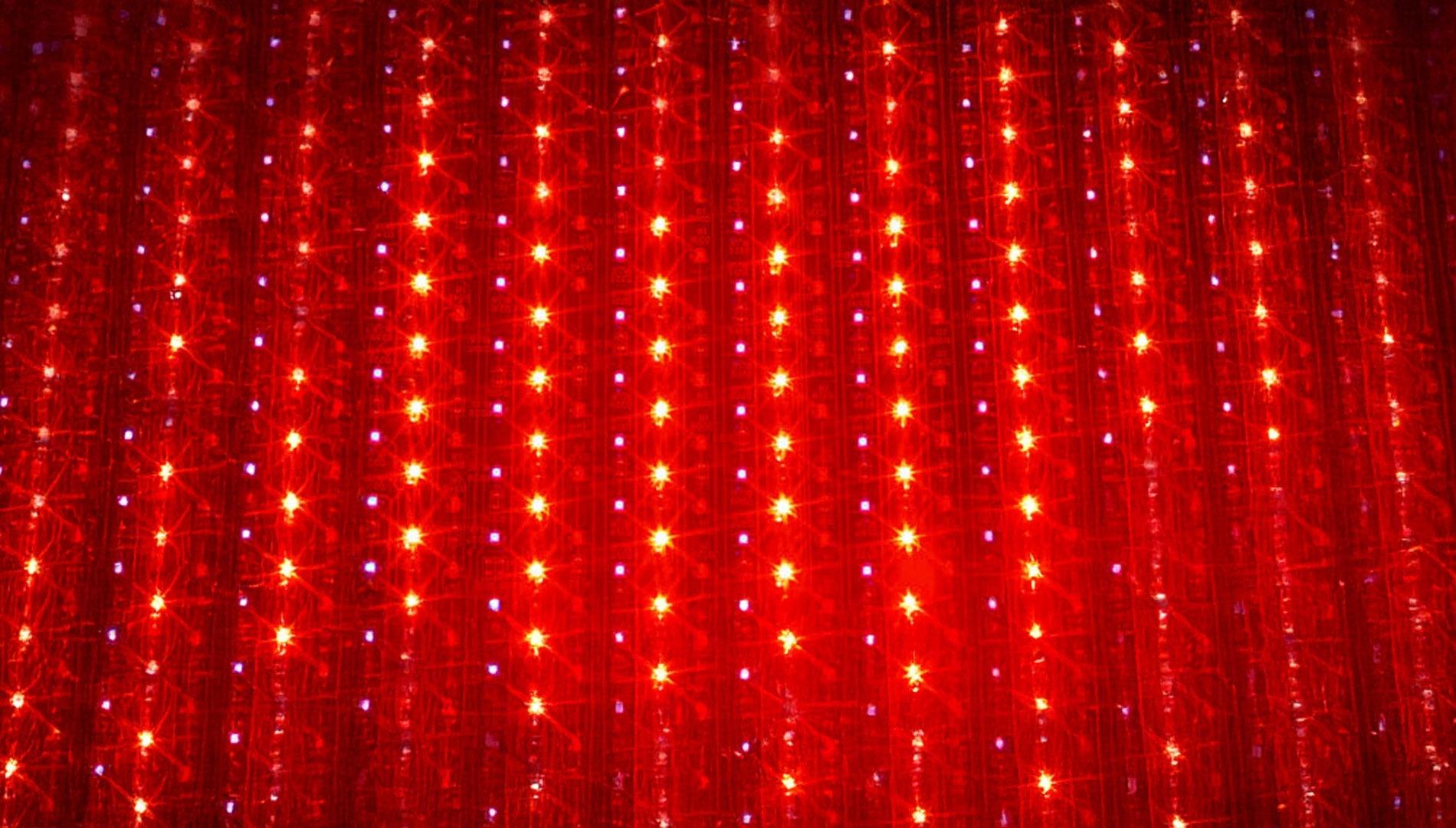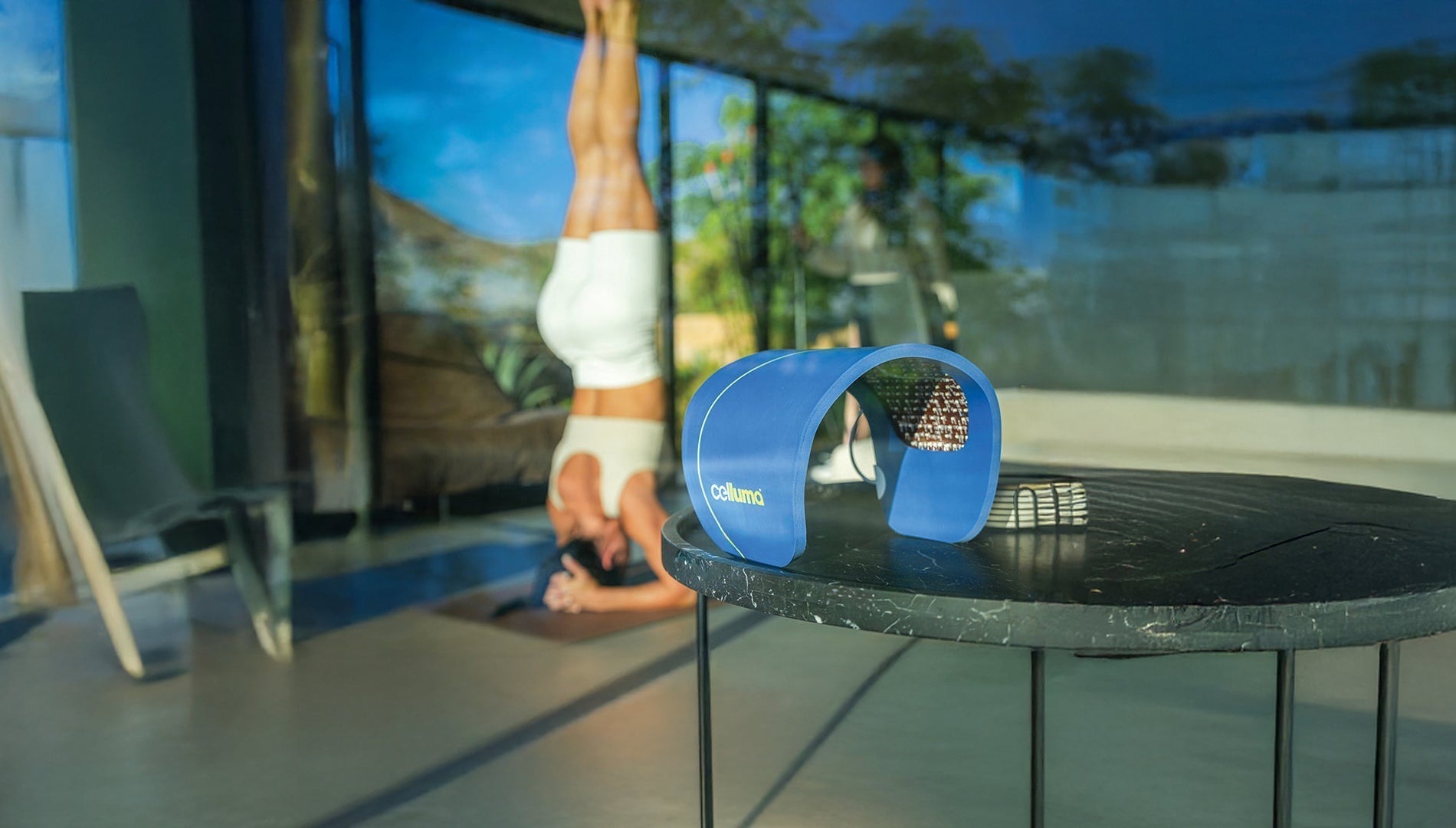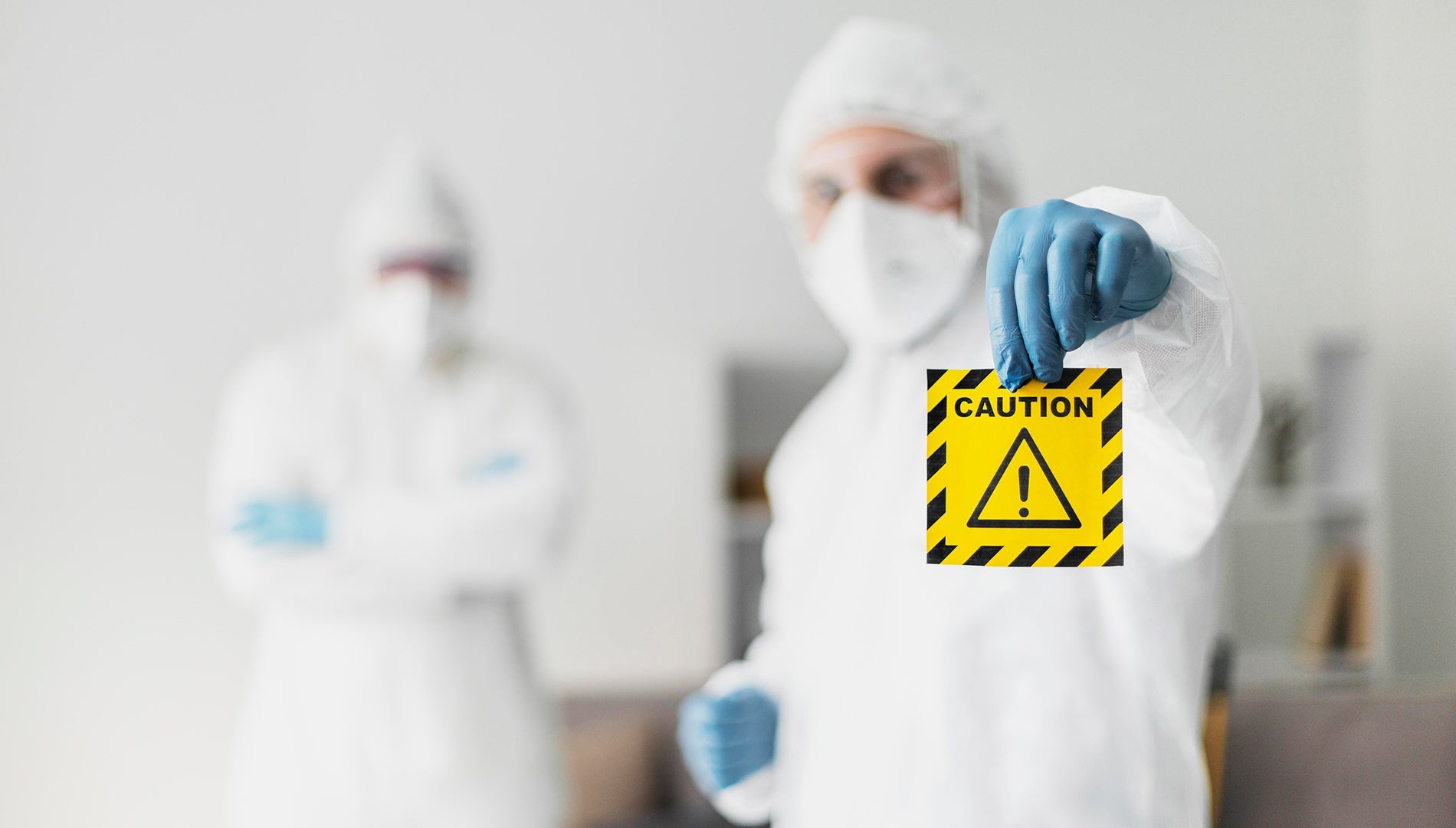
Red Light Therapy Risks: How Unregulated Devices Harm Results
You invest in red light therapy to enhance your skin, reduce pain, and boost wellness. But unregulated devices—with misleading specs and untested claims—can waste your money or even harm your health. Here’s how to spot risky products and choose safe, science-backed solutions.
5 Risks of Unregulated Red Light Therapy Devices
-
False Wavelength Claims
-
Red Light (630-660nm) and Near-Infrared (810-880nm) are clinically proven for collagen and pain relief.
-
Cheap devices often use ineffective wavelengths (e.g., 850nm infrared) or lie about outputs.
-
-
Exaggerated Power Density (mW/cm²)
-
Unregulated brands inflate irradiance numbers to seem “stronger,” ignoring total energy (Joules) needed for results.
-
-
No FDA/CE Certification
-
Medical-grade devices undergo rigorous testing for safety and efficacy. Unregulated products skip this, risking burns or eye damage.
-
-
Misleading Marketing Terms
-
Vague terms like “clinical-grade” or “professional power” lack scientific backing.
-
-
Profit Over Safety
-
Brands cut corners on materials (e.g., cheap LEDs) to boost margins, sacrificing durability and results.
-
How to Choose Safe, Effective Red Light Therapy
✅ FDA/CE-Cleared Devices: Verify certifications (e.g., Celluma’s FDA 510(k) clearance).
✅ Clinically Proven Specs: Look for 630-660nm (red) and 810-880nm (NIR) wavelengths.
✅ Transparent Energy Output: Total Joules/session matters more than mW/cm².
✅ Third-Party Reviews: Trust dermatologists and studies, not influencer ads.
Why Medical-Grade Devices Like Celluma Win
-
FDA-Certified: Rigorously tested for acne, wrinkles, and pain relief.
-
Accurate Wavelengths: Delivers proven 640nm red + 880nm NIR light.
-
No Gimmicks: Prioritizes safety and results over flashy marketing.



Leave a comment
This site is protected by hCaptcha and the hCaptcha Privacy Policy and Terms of Service apply.